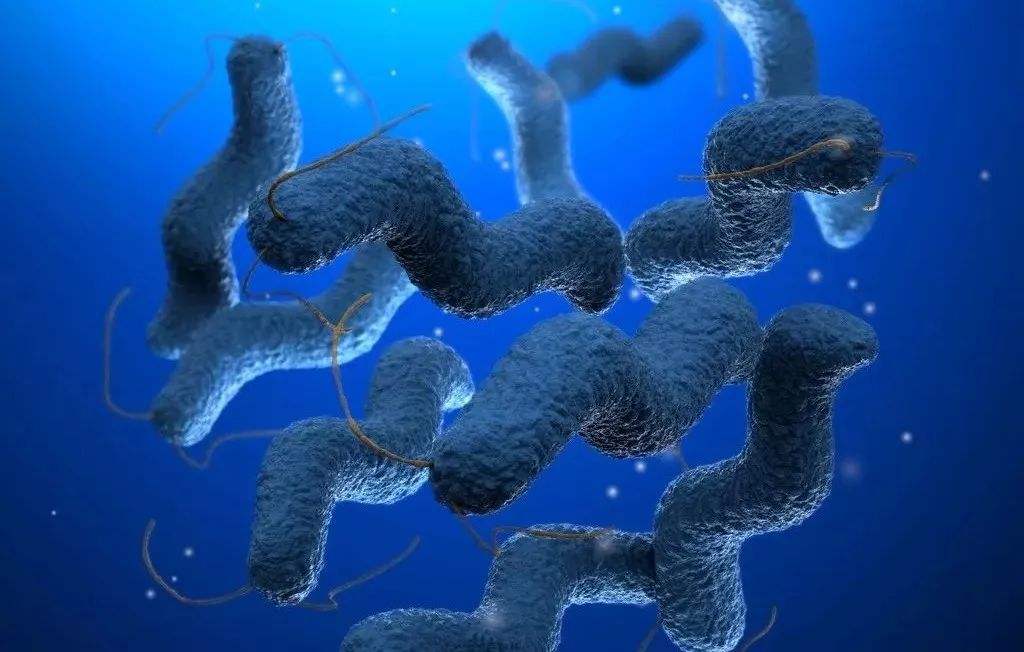Unveiling the Truth: Debunking Home Insurance Myths.
PUBG Mobile‘s 3rd Anniversary: Another New Gangster Game from Yotta
How to Download and Install VIX for Free?
Among Us Was the Most Downloaded Mobile Game Worldwide for December 2020
Is There a Vacuum of Casual Games for Female in South Korea? Cookie Run Is Next Only to Lineage, Ranking No.3 in Revenue
Playrix downloads exceed 1 billion
Cocooned from the outside world, Some 200 critically endangered golden frogs are living a sheltered existence in Panama, protected from a devastating fungus that threatens to wipe out a third of the country's amphibian species—a situation scientists describe as "critical."
 The frogs, which are yellow or gold with black spots, enjoy a controlled environment inside fish tanks installed at the Smithsonian Tropical Research Institute (STRI), a 5,000-square-foot (465-square-meter) facility in Gamboa, north of Panama City.
The frogs, which are yellow or gold with black spots, enjoy a controlled environment inside fish tanks installed at the Smithsonian Tropical Research Institute (STRI), a 5,000-square-foot (465-square-meter) facility in Gamboa, north of Panama City.
According to a report by the World Wildlife Fund (WWF) published this week, the planet has lost more than two-thirds of its vertebrates in less than 50 years.
The situation is especially dire in the tropical areas of Central and South America, where the extent of loss is pegged at 94 percent.
Believed extinct in the wild, only about 1,500 of the tiny Panamanian golden frogs are found in zoos where they can reproduce.
But it is not only frogs that are vulnerable to the fungus. Toads, salamanders and caecilians—limbless amphibians similar to snakes—are also at risk.
"In Panama, we can say that about a third of the 225 species of amphibians are threatened in some way," said STRI researcher Roberto Ibanez.
'Superfungus'
The biggest threat posed to amphibians is chytrid fungus, which spreads through water.
The pathogen is responsible for chytridiomycosis, an infectious disease that scientists say has already caused the disappearance of some 30 species.
The fungus becomes embedded in the animal's skin and infects it, causing it to be unable to exchange salts and water with the environment.
The disease causes irreparable damage to vital functions. Eventually the animal dies of heart failure caused by asphyxiation.

"It's a pretty dramatic and painful disease," said Angie Estrada, a biologist at Virginia Tech University and administrator of Panama's Summit. "When the fungus gets to a place where it wasn't, it affects populations very much and animals die en masse. It causes certain death in the individuals it infects. It's a devastating phenomenon”.
The microorganism was first detected in the 20th century in the Korean Peninsula and scientists warn that it has already spread throughout the world.
"Anywhere in the world where there are amphibians, the fungus is already there,"
Glimmers of hope
Despite the gloomy scenario, scientists point to some glimmers of hope, saying that in the past few years some species believed to have gone extinct have been re-discovered.
Specialists suspect that some amphibians have been able to bolster their defenses against infection.
Meanwhile, in Gamboa, the STRI maintains some 2,000 specimens from 12 frog species in the hope they can one day be released into the wild to fend for themselves.
"The idea is not to keep these animals in captivity forever. We want to be able to re-establish populations in their natural habitat."
To that end, Smithsonian researcher Della Togna is carrying out an assisted reproduction project, where she freezes the animals' semen in order to impregnate the females and increase their numbers.

Zuckerberg Criticized Apple for Its Privacy Policy, Seeing Apple as One of Facebook’s “Biggest Competitors”

Google Maps to Show the Locations of Traffic Lights

How to Get Free Gold Bars in Candy Crush?

British scientists recommend people to add extra vitamin D to milk and bread